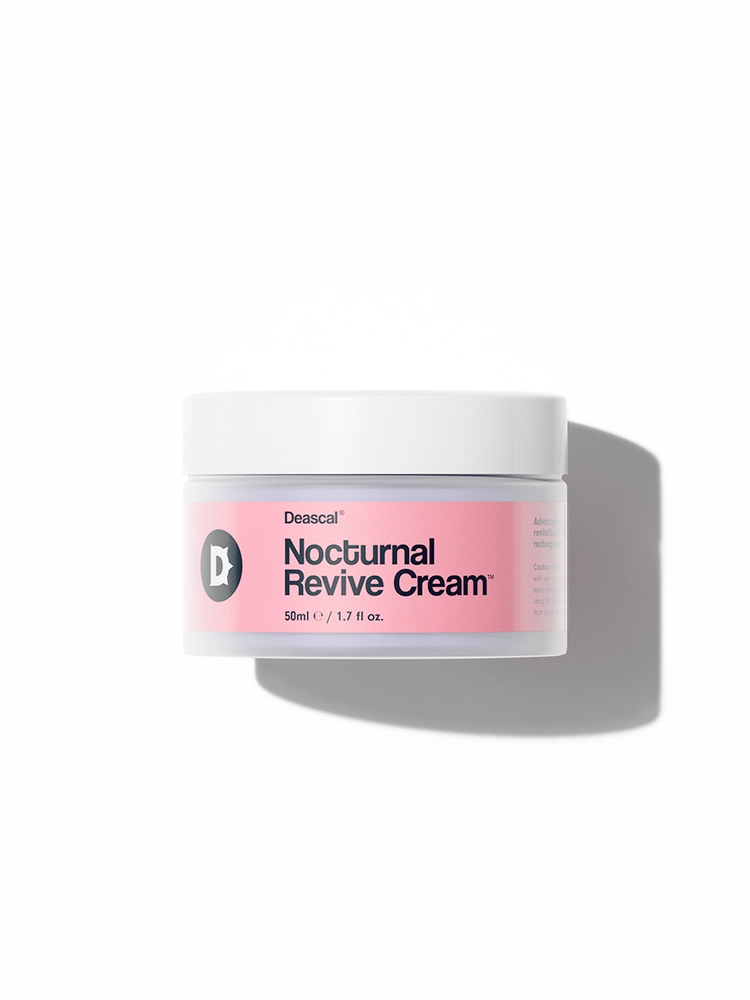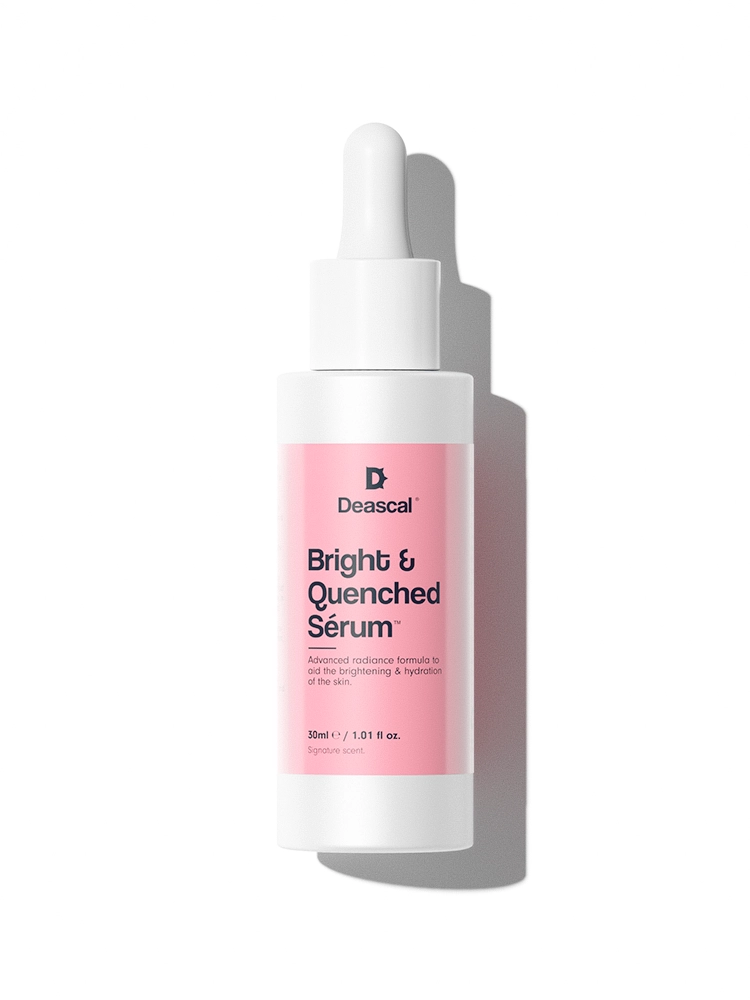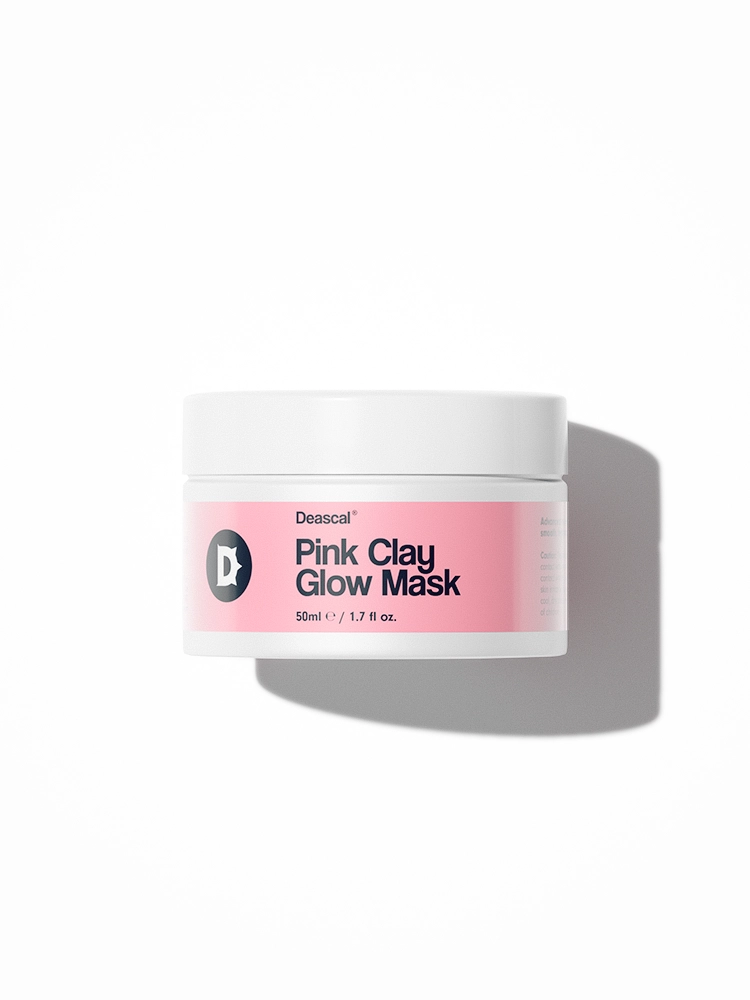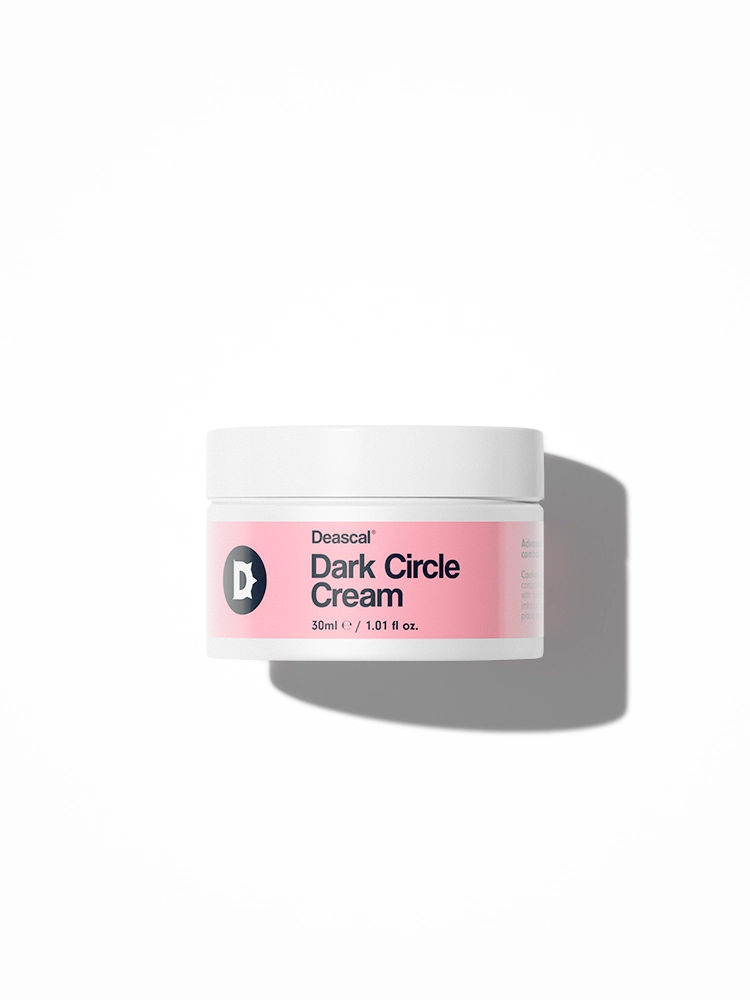What is Methyl Trimethicone?
Methyl Trimethicone, also known as 1,1,1,3,5,5,5-Heptamethyl-3-(trimethylsilyloxy)trisiloxane, is a type of silicone that is commonly used in cosmetic products. This ingredient is a synthetic compound, meaning it is not derived from natural sources. Instead, it is created in a lab using a variety of chemical reactions. The name ‘Methyl Trimethicone’ might sound complex, but it essentially refers to a silicone fluid that has been modified with the addition of methyl groups.
The use of Methyl Trimethicone in cosmetics can be traced back to the mid-20th century when the unique properties of silicones were first discovered and utilized in a variety of industries, including cosmetics. Silicones, including Methyl Trimethicone, are known for their ability to create a smooth, soft feel and for their excellent spreading properties, making them a popular choice for many cosmetic formulations.
The production of Methyl Trimethicone involves a process known as hydrosilylation. This involves the reaction of a silicon-hydrogen bond with an unsaturated bond, such as a carbon-carbon double bond, in the presence of a catalyst. The result is a silicone fluid that is not only smooth and spreadable, but also resistant to water and air, making it an ideal ingredient for many cosmetic products.
The Benefits/Uses of Methyl Trimethicone
In this section, we will delve into the officially recognized benefits and uses of Methyl Trimethicone:
Hair Conditioning
One of the primary benefits of Methyl Trimethicone is its ability to condition hair. This silicone-based ingredient coats the hair strands, creating a smooth and shiny surface. This not only makes your hair look healthier and more vibrant, but it also makes it easier to comb and style. It can help to reduce frizz, prevent tangles, and protect your hair from environmental damage. So, if you’re looking for a product that can give your hair a sleek, glossy finish, look for one that contains Methyl Trimethicone.
Skin Conditioning
Methyl Trimethicone is also a fantastic skin conditioner. It forms a protective barrier on the skin’s surface, which helps to lock in moisture and keep your skin hydrated. This can help to prevent dryness and flaking, leaving your skin feeling soft and smooth. Additionally, it can help to improve the texture and appearance of your skin, making it look more youthful and radiant. So, if you’re struggling with dry or dull skin, a product containing Methyl Trimethicone could be just what you need.
Solvent
Another important function of Methyl Trimethicone is its role as a solvent. In cosmetic products, solvents are used to dissolve or suspend other ingredients, helping to create a smooth and even consistency. This means that when you apply a product containing Methyl Trimethicone, it will spread easily and evenly over your skin or hair, ensuring that all the beneficial ingredients are distributed evenly. This can help to enhance the effectiveness of the product and ensure that you get the maximum benefit from it.
Note: the listed benefits above are exclusively based on the officially recognized and defined functions of the ingredient, as documented by the International Nomenclature of Cosmetic Ingredients (INCI).
Potential Side Effects & Other Considerations
Methyl Trimethicone is generally considered safe for use in cosmetics. It is a synthetic silicone-based ingredient that is widely used for its conditioning and solvent properties. However, like any other cosmetic ingredient, it may cause adverse reactions in some individuals.
While Methyl Trimethicone is not known to be a common allergen, individuals with sensitive skin may experience irritation or redness. Here are some potential side effects of topical application:
- Redness
- Irritation
- Dryness
- Itching
Regarding individuals who are pregnant or breastfeeding, there is currently insufficient data to definitively state whether Methyl Trimethicone is safe for use during these periods. As with any cosmetic product, it is recommended to consult a healthcare professional for further advice.
Adverse reactions to Methyl Trimethicone are not common, but they can occur. It is always recommended to conduct a patch test before using any new product containing this ingredient. Apply a small amount to a patch of skin and wait 24 hours to see if any adverse reactions occur.
On the comedogenicity scale, Methyl Trimethicone is rated as a 1. This means it has a low likelihood of clogging pores and causing acne or blemishes. However, everyone’s skin is different and what works for one person may not work for another. If you are prone to acne, blemishes, or breakouts, it is always best to monitor your skin’s reaction to any new product.




